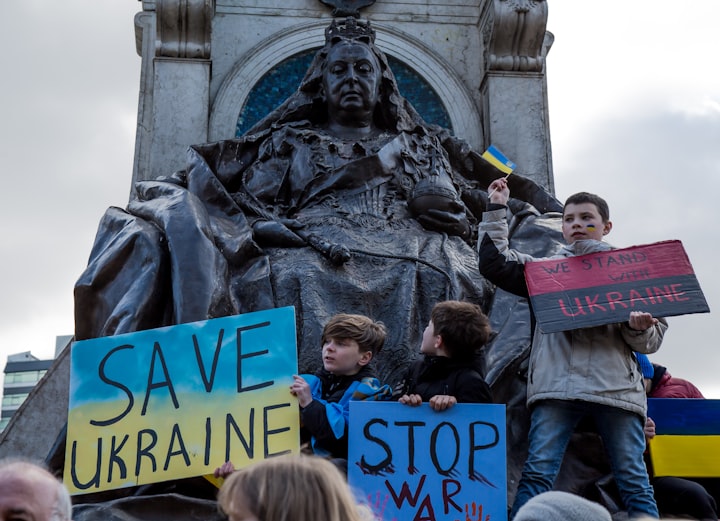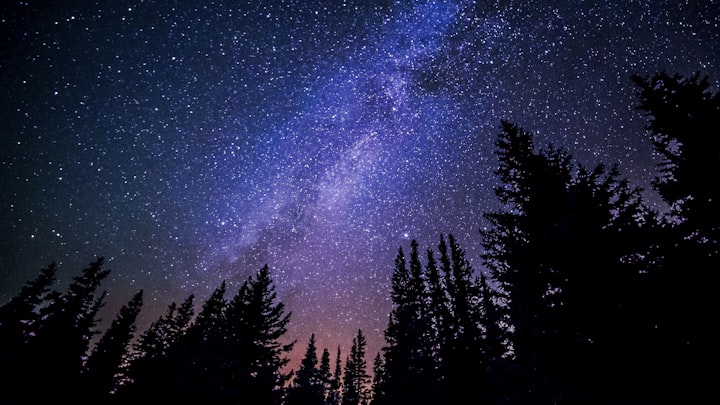Doomsday Clock
The clock that predicts the end of the world

I. Introduction
The Doomsday Clock is a symbolic representation of the likelihood of a global catastrophe, such as nuclear war or climate change. The clock is maintained by the Bulletin of the Atomic Scientists, a non-profit organization founded in 1945 by scientists who had worked on the Manhattan Project.
The clock was first introduced in 1947, with the initial setting of seven minutes to midnight. The clock's hands are adjusted based on the Bulletin of the Atomic Scientists' assessment of the state of global security, taking into account factors such as the threat of nuclear war, climate change, and emerging technologies. The clock is not a prediction of when the end of the world will occur, but rather a representation of the level of danger facing humanity.
The clock serves as a reminder of the need for continued vigilance and action to address global threats. It is also used as a tool to raise public awareness about the dangers facing humanity and to encourage leaders and citizens to work towards a safer and more secure future. The clock has become a widely recognized symbol of the dangers facing humanity and the need for action to address these threats.
II. The Clock's History
- The Doomsday Clock has been adjusted 22 times since its introduction in 1947. Some of the major adjustments and the reasoning behind them include:
- 1953: The clock was set at two minutes to midnight, the closest it has ever been to the symbolic hour of catastrophe, following the US and Soviet Union's first thermonuclear bomb tests.
- 1963: The clock was adjusted back to 12 minutes to midnight, reflecting the signing of the Partial Test Ban Treaty, which banned nuclear weapons testing in the atmosphere, in outer space, and under water.
- 1991: The clock was moved to 17 minutes to midnight, the farthest it has ever been from midnight, after the signing of the Strategic Arms Reduction Treaty (START) between the US and the Soviet Union.
- 2007: The clock was moved to five minutes to midnight, reflecting growing concerns about the dangers of nuclear weapons and climate change.
- 2020: The clock was moved to 100 seconds to midnight, the closest it has ever been to the symbolic hour of catastrophe, reflecting the failure of world leaders to address the twin threats of nuclear weapons and climate change.
The trends and factors that have influenced the clock's setting over time include:
- The threat of nuclear war: The clock has been set closest to midnight during times of heightened tensions between nuclear-armed nations and during periods of nuclear weapons testing.
- Climate change: The clock has been set closest to midnight during times when the dangers of climate change have been seen as particularly acute.
- Emerging technologies: The clock has been adjusted to reflect concerns about the impact of new technologies on global security, such as cyber warfare and artificial intelligence.
- Political leadership: The clock has been set closest to midnight during times when leaders have been seen as failing to take adequate action to address global threats.
III. The Science and Security Board
The Science and Security Board (SSB) is responsible for adjusting the hands of the Doomsday Clock. The SSB is composed of experts in nuclear weapons, climate change, and other global issues. The board members are selected based on their expertise, experience, and reputation in their respective fields. They come from a variety of backgrounds, including academia, government, and civil society.
The SSB meets annually to assess the state of global security and to determine the clock's setting. The process of determining the clock's setting begins with a thorough review of global trends and factors that are considered to be indicative of the overall level of danger facing humanity. These factors include the threat of nuclear war, climate change, emerging technologies, and political leadership.
The SSB members consider the evidence and conduct a rigorous discussion and debate to arrive at a consensus about the clock's setting. The decision to adjust the clock's hands is based on a consensus of the board members and is intended to reflect a realistic assessment of the state of global security. The clock's setting is not based on a specific event or decision, but rather on a broad range of trends and factors that are considered to be indicative of the overall state of global security.
After the clock's setting is determined, the SSB releases a statement to explain the decision and to provide context for the clock's new setting. The statement is intended to raise public awareness about the dangers facing humanity and to encourage leaders and citizens to take action to address these threats.
IV. The Current State of Global Security
The most recent update of the Doomsday Clock in 2021, it was set at 100 seconds to midnight, the closest it has ever been to the symbolic hour of catastrophe. The Science and Security Board cited the failure of world leaders to address the twin threats of nuclear weapons and climate change as the reasons for this dire setting.
The current state of global security is characterized by a continued threat of nuclear war, as well as the growing danger of climate change. The risk of nuclear war remains high, with several countries modernizing and expanding their nuclear arsenals, and tensions between nuclear-armed nations remaining elevated. The failure of world leaders to make progress on reducing the number of nuclear weapons and to address the potential for accidental launch of these weapons continues to be a major concern.
Climate change is also a significant threat to global security, with rising temperatures and extreme weather events posing a growing danger to human life and the global economy. The failure of world leaders to take adequate action to address the causes of climate change and to mitigate its impacts is a major concern.
The COVID-19 pandemic has further highlighted the interconnectedness of global security issues and the need for strong leadership and international cooperation. The pandemic has exposed vulnerabilities in global health systems and has had a severe economic impact, exacerbating existing inequalities and threatening global stability.
Overall, the current state of global security is characterized by a lack of progress on addressing the major threats facing humanity. The failure of world leaders to take action to reduce the risk of nuclear war and to address the causes and impacts of climate change has led to the Doomsday Clock being set at its closest point to midnight in its history.
V. The Future of the Doomsday Clock
- Further escalation of the war in Ukraine, or an outbreak of war between nuclear-armed nations, which could lead to an increased threat of nuclear war and a move of the clock's hands closer to midnight.
- Lack of progress on reducing global carbon emissions and addressing the causes of climate change, which could lead to a continued intensification of the climate crisis and a move of the clock's hands closer to midnight.
- Breakthroughs in technology that could have a profound impact on global security, such as advances in artificial intelligence or biotechnology, which could lead to new threats and a move of the clock's hands closer to midnight.
- Political leadership and international cooperation to reduce the threat of nuclear war, address the climate crisis, and mitigate the risks posed by emerging technologies, which could lead to a move of the clock's hands further from midnight.
"Doomsday Clock" To Be Updated As Ukraine War, Climate Crisis Intensify
The "Doomsday Clock," which represents the judgment of leading science and security experts about the perils to human existence, is to be updated on Tuesday against the backdrop of the war in Ukraine and other crises.
The Bulletin of the Atomic Scientists will announce at 10:00 am (1500 GMT) whether the time of the symbolic clock will change.
The organization describes the clock as a "metaphor for how close humanity is to self-annihilation" and says the annual resetting should be seen as a "call-to-action to reverse the hands."
For 2023, the Bulletin said they will take into account the Russia-Ukraine war, bio-threats, proliferation of nuclear weapons, the continued climate crisis, state-sponsored disinformation campaigns and disruptive technologies.
The hands of the clock moved to 100 seconds to midnight in January 2021 -- the closest to midnight it has been in its history -- and remained there last year.
"The clock remains the closest it has ever been to civilization-ending apocalypse because the world remains stuck in an extremely dangerous moment," the Bulletin said in a statement at last year's event.
Final thoughts and recommendations
In terms of final thoughts, it is important to note that the Doomsday Clock serves as a reminder of the need for continued vigilance and action to address global threats, and serves as a call to action for leaders and citizens alike to work towards a safer and more secure future. The clock's setting is not a prediction of when the end of the world will occur, but rather a representation of the level of danger facing humanity.
In terms of recommendations, it is important for world leaders to take action to reduce the threat of nuclear war, address the climate crisis, and mitigate the risks posed by emerging technologies. Additionally, it is important for individuals to educate themselves about the dangers facing humanity and to support efforts to address these threats. Finally, it is important to support organizations and initiatives that work towards a safer and more secure future, such as the Bulletin of the Atomic Scientists and other groups working on nuclear disarmament, climate change, and other global issues.





Comments
There are no comments for this story
Be the first to respond and start the conversation.